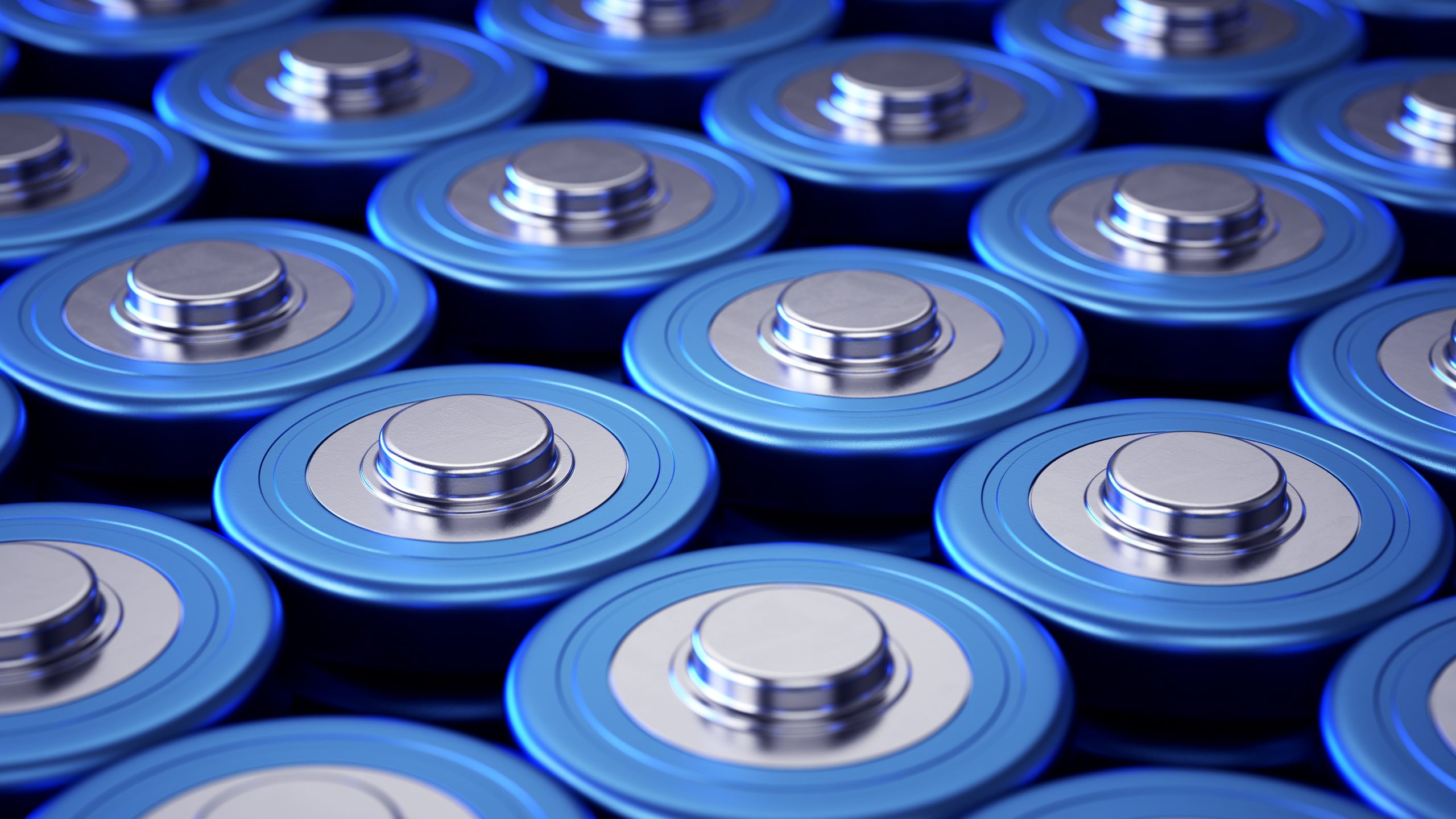



February 17, 2021



February 11, 2021 – Maria Chavez
In early 2021, Li-Cycle, a Canadian company that provides products and services for lithium ion (Li-ion) battery recycling and reuse, announced that it would be opening a recycling plant in New York. This new facility would be the biggest Li-ion battery recycling plant in North America. The focus of Li-Cycle—and other recycling companies like it—is to decrease the demand for sourcing new raw materials for battery manufacturing and instead create a more sustainable method for keeping up with Li-ion battery demand.
Between declining costs, innovative technology, and supportive policy, the EV industry is expanding at a high rate, with EV sales in North America expected to reach over 2.6 million by 2030. This expansion is generally thought to be a step in the right direction when it comes to decreasing carbon footprints; however, to achieve a sustainable economy, attention needs to be paid to the sourcing and disposal of EV batteries.
Extraction of finite minerals for battery components often requires time and natural resources. Mining for materials such as lithium and cobalt can cause land degradation and water pollution due to mining methods. On the other side of the value chain, increased sales of EVs mean that sooner or later there will be an equal amount of used batteries that need safe and sustainable disposal methods. Although a market for used batteries in stationary storage applications exists, not all batteries are suitable for a second life.
For now, a challenge for battery recycling industries is how to make the process more cost-effective. The declining cost of Li-ion batteries is making new battery manufacturing less expensive than the recycling and reuse process. One issue with this barrier is that different battery OEMs produce different chemistries and designs for their products, making it more difficult for one facility to make recycling universal. Companies such as Li-Cycle have adopted an agnostic approach that allows for the processing of different battery chemistries, a strategy that could help overcome this hurdle. As more EV batteries are retired, the recycling market could see a more rapid uptick in facilities, leading to economies of scale that would increase the profitability of this endeavor.
Lastly, to make Li-ion battery recycling a viable industry, battery OEMs should improve efforts to design their products with recycling and reuse in mind. This would make the disassembly and sorting process more efficient and cost-effective. EV batteries that are being produced now are not likely to be retired for another 8-10 years, so this strategy and the industry in general are not likely to be overflooded with demand too soon. Still, the idea of a circular economy requires a proactive approach to get ahead of problems that stakeholders are already aware of.
